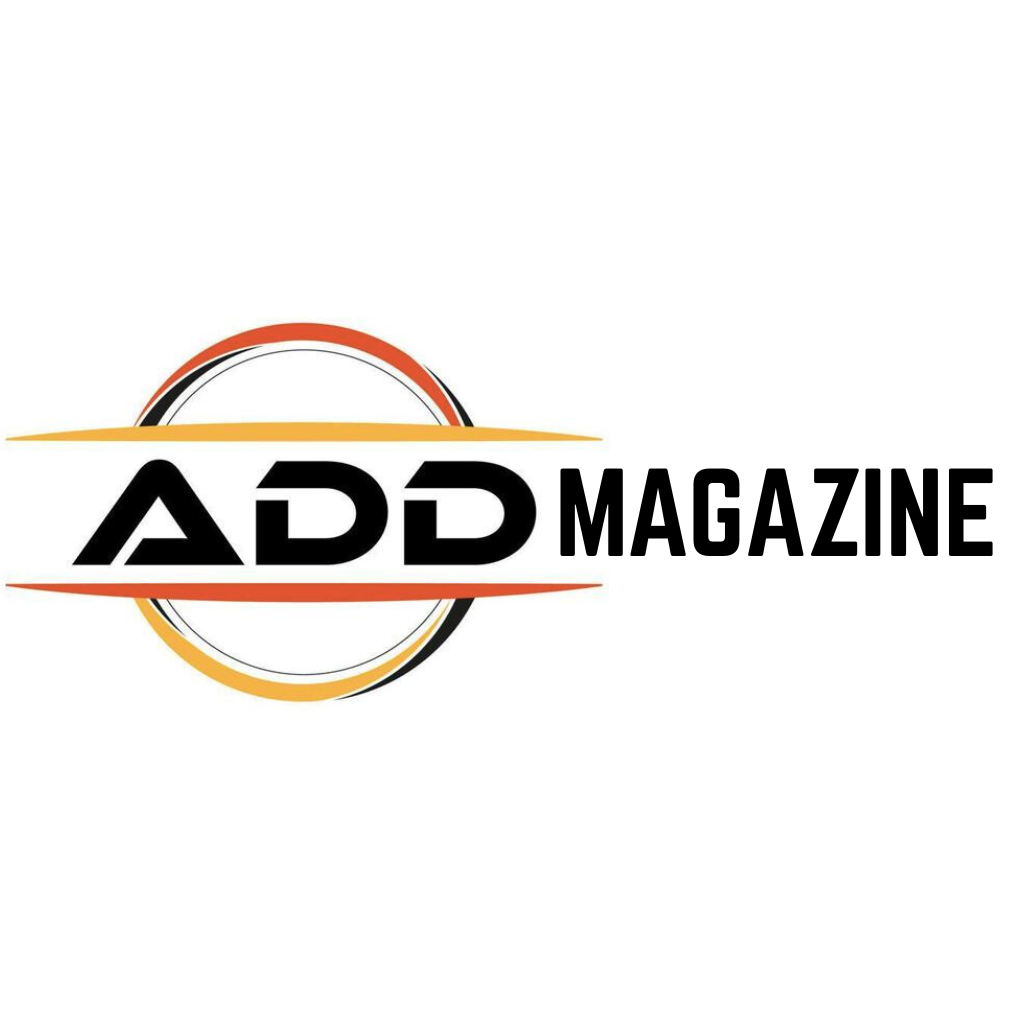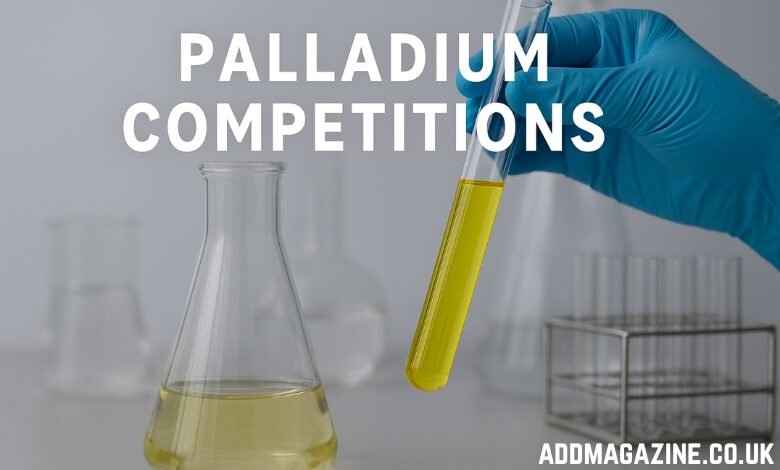“Palladium competitions” refers to structured events and contests in the field of palladium chemistry and palladium-catalyzed processes. These include:
- Academic and industrial reaction challenges where participants propose or demonstrate new catalytic transformations using palladium.
- Competitive grant proposals or industrial screening programs that pit palladium-based catalytic systems against benchmarks.
- Prize-based competitions, like those offering rewards for greener, more cost-effective, or more selective palladium-mediated syntheses.
Although the phrase “palladium competitions” isn’t widely used in a unified sense, the concept exists under various labels: catalytic challenge contests, reaction discovery challenges, “best catalyst” drives, or equivalent formats in academia and industry.
This article examines the nature of such competitions, their origins, types, rationale, typical formats, notable examples, impact on the field, challenges and critiques, and the road ahead.
Origins and Rationale
Palladium is a versatile transition-metal catalyst widely used in cross-coupling reactions (like Suzuki, Heck, Sonogashira, Buchwald–Hartwig) and related transformations. These reactions are cornerstones of modern organic synthesis.
In the mid-20th century, as palladium catalysis gained traction, both academia and industry pursued incremental improvements—better ligands, milder conditions, cheaper catalysts, greener protocols.
Competitions emerged as a way to:
- Accelerate innovation. Crowdsourcing novel reaction designs or catalyst systems.
- Benchmark progress. Provide apples-to-apples comparison among labs or organizations.
- Incentivize creativity. Offering prize money or recognition to drive new ideas.
- Promote collaboration. Connecting chemists across institutions, sectors, or geographic boundaries.
In industry, companies often run internal screens: a panel of ligand-metal combinations is tested against a target transformation, and the “winner” is scaled up. In academia, open calls challenge researchers to develop new, selective, sustainable, or cost-effective palladium catalysis methods. Some include poster-style “reaction challenge” sessions at conferences.
Types of Palladium Competitions
- Academic Reaction Challenges
Often organized by journals, research consortia, or conference organizers. A typical scenario: propose a palladium-catalyzed transformation that meets specified criteria—e.g., using biomass-derived substrates, non-toxic solvents, low catalyst loading, high turnover numbers. Submissions are evaluated on novelty, practicality, and performance. - Industrial Screening Programs
In pharmaceutical or fine chemical firms, research teams run side-by-side screens of ligand libraries, bases, solvents. Though internal, they match the competitive spirit: the best catalyst system wins based on metrics like yield, selectivity, and cost efficiency. - Prize-Based Competitions
Organizations set up open calls with monetary or publication rewards. For instance, a foundation might say: “Find a palladium catalyst system for cross-coupling that works in water and uses less than 0.1 mol % metal, at room temperature.” Submissions are judged by an expert panel. - Virtual Challenges and Hackathons
Increasingly, digital formats allow global participation. Data challenges may invite the community to build predictive models for palladium catalyst performance. Contestants upload models; the best predictions on a test set win. While not reaction lab work, these focus on catalyst design.
Formats and Criteria
Submission Format
Depending on the competition, submission can take various forms:
- Detailed experimental report, including substrate scope, reagent lists, experimental conditions, analytical data.
- Computational model and datasets, often accompanied by code and validation results.
- Poster or oral presentation, especially at conferences with a competitive “reaction discovery” session.
- Patent or grant-style proposal, in programs awarding funding.
Evaluation Metrics
Judging criteria often include:
- Reaction scope. How many substrates? How broad is the applicability?
- Yield and selectivity. Both quantitative and qualitative.
- Catalyst loading / turnover frequency (TOF) / turnover number (TON).
- Sustainability. Greener solvents, eco-friendly reagents, renewable feedstocks.
- Cost efficiency. Use of inexpensive ligands, low palladium amounts, minimal purification.
- Operational simplicity. Room-temperature reactions, air-stable reagents, one pot procedures.
- Scalability. Performance on gram-scale or larger, ease of scale-up.
- Data quality and reproducibility.
Judges are often panels of academics, industrial experts, or editorial board members for journal-hosted challenges.
Notable Examples and Illustrations
Because formal “palladium competitions” are not always labeled as such, here are illustrative cases:
- “Best Catalyst” Posters at Organic Chemistry Conferences
Researchers submit their latest palladium systems. Attendees or a jury vote for favorites; acclaim helps publication or collaboration prospects. - Green Chemistry Prize
A journal or foundation awards a prize for a palladium-catalyzed transformation with minimal environmental impact. For example, a system that achieves coupling at 0.01 mol % Pd in water and base-free conditions. - Pharma Ligand Screens
Pharmaceutical companies routinely compare dozens of ligand–Pd complexes. The top performer becomes the “competitor” in final process development. - CASP-style Data Challenges
Though more common in protein structure, similar exercises exist for catalysis: submit predicted yields or selectivities for palladium systems; the best statistical model wins.
Impact on the Field
Innovation Catalyst
Competitions push researchers to test bold ideas, explore unusual ligands, or challenge traditional solvent choices. They can accelerate discovery of faster, more selective, or more robust catalysts.
Benchmarking and Standards
By comparing entries under uniform conditions, competitions help establish practical standards: what can be achieved in real lab settings, what TOFs are realistic, what yields are reproducible.
Career and Recognition Boost
Winners gain visibility. Young researchers obtain citations, invitations to speak, or publication offers. Even non-winners benefit by refining their methods and learning from others.
Encouraging Collaboration
Some challenges encourage co-submission from different groups—one offering computational insight, another experimental validation.
Challenges and Critiques
Risk of “One-Off” Results
Some entries may appear excellent under competition conditions but fail reproducibility in other labs or broader substrate sets. Standardization of protocols helps, but variability across glassware, reagents, and analytical methods persists.
Overemphasis on Metrics
Competitions can push the community to chase high numbers—yields above 95 %, TON in the thousands—at the expense of mechanistic understanding. A shiny result may mask poor reproducibility or unclear scope.
Resource Inequality
Academic labs with more resources (access to specialized ligands, high-throughput setups) may dominate. Smaller or less funded institutions might struggle to compete, skewing representation.
Narrow Focus
If competitions focus only on certain transformations (e.g. aryl–aryl coupling in polar solvents), the field might neglect less glamorous but important areas such as C–H activation, alkene functionalization, or enantioselective variants.
Judging Bias
Selection panels may unconsciously favor well-known institutions. Clear, blind-review protocols help mitigate bias but are not always in place.
Designing a Better Palladium Competition
To address critiques, competitions could include:
- Double-Blind Evaluation. Judges see only anonymized submissions.
- Reproducibility Checks. Independent repeat of top entries before awarding recognition.
- Broad Criteria. Include sustainability, cost, mechanistic insight, not just performance metrics.
- Outreach to Under-Resourced Labs. Offer reagent kits or computational resources, leveling the field.
- Post-Competition Tutorials. Winners and finalists share detailed protocols, video demos, or data packages.
Future Trends
- AI-Combined Competitions. Hybrid challenges where participants propose catalysts computationally, with top models validated experimentally.
- Open-Access Kits. Sponsor groups providing standardized test kits with reagents for a given transformation, so all entrants start from the same baseline.
- Virtual Video Judging. Researchers submit short reaction-lab demonstration videos; judges assess both data and technique.
- Scaled-Down Industrial Challenges. Companies offer small sample grants: “Develop a Pd catalyst for reaction X using our building-blocks; winner gets scale-up trial.”
Conclusion
Palladium competitions—whether formal or informal—serve as engines of innovation in catalysis. They incentivize the development of better, more efficient, greener palladium-mediated reactions. At their best, they set performance benchmarks, energize research communities, and foster collaboration. Still, they carry risks: reproducibility gaps, inequality, narrow focus, and overemphasis on superficial metrics.
Going forward, well-structured competitions with clear, inclusive design, reproducibility emphasis, and broader goals could play a valuable role in sustaining progress in palladium chemistry. They challenge us not merely to race toward high numbers, but to build knowledge that is reliable, accessible, and meaningful.




